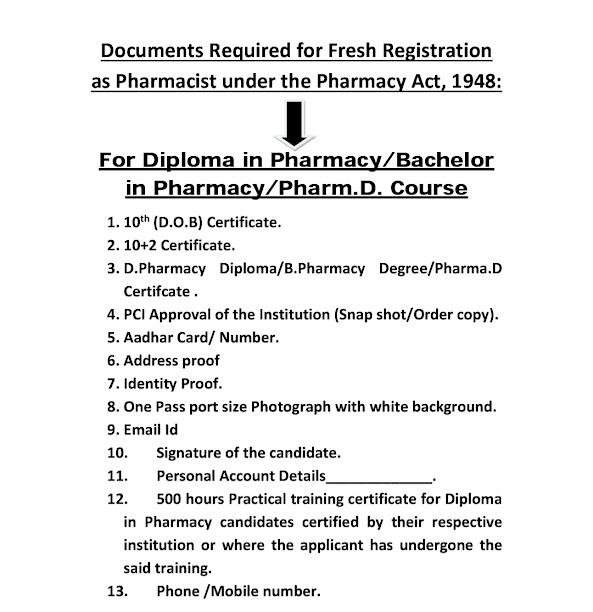Transfersome is a trademark registered by the German company IDEA AG, which refers to its proprietary drug delivery technology. The name means “carrying body” and is derived from the Latin word 'transferre', meaning 'to carry across', and the Greek word 'soma', meaning 'a body'. A Transfersome carrier is an artificial vesicle designed to exhibit the characteristics of a cell vesicle or a cell engaged in exocytosis, and thus suitable for controlled and, potentially, targeted drug delivery.
Discovery
The term Transfersome and the underlying concept were introduced in 1991 by Gregor Cevc. Numerous groups have since been working with similar carriers, frequently using different names (e.g., elastic vesicle, flexible vesicle, Ethosome, etc.) to describe them.
In a broader sense, a Transfersome is a highly adaptable, stress-responsive complex aggregate. The form preferred by researchers and pharmacologists is an ultradeformable vesicle possessing an aqueous core surrounded by the complex lipid bilayer. Interdependencies inherent in the local composition and shape of the bilayer makes the vesicle both self-regulating and self-optimizing. This enables the Transfersome to cross various transport barriers efficiently, and then act as a Drug carrier for non-invasive targeted drug delivery and sustained release of therapeutic agents.
Characterisation
The mechanical properties and transportability of a vesicle can be studied by measuring stress- or deformation-dependent vesicle bilayer elasticity and changes in permeability. In a single experiment, the objective may be reached by determining the pressure dependent area density of the Transfersome suspension flux through a nano-porous filter, with pores at least 50% smaller than the average vesicle size. For the proper Transfersome vesicles, the proportionality function derived by the experiment, so-called “Penetrability”, increases non-linearly with the flux driving force (head pressure), often sigmoidally). The bulk suspension viscosity governs the highest achievable penetrability; a suspension of ideal Transfersome vesicles, experiencing no friction in the barrier, therefore yields a similar maximum penetrability value as the comparably tested vesicles-suspending fluid. On the other hand, the characteristic pressure needed to achieve a significant transport rate with the vesicles suspension mainly depends on the adaptability of the bilayer being evaluated. Analysis of experimental Penetrability vs. Driving pressure curves can therefore yield the characteristic bilayer elasticity and permeability values, based on a theoretical description of material flow as an activated transport process.
Usage
Transfersome technology is best suited for non-invasive delivery of therapeutic molecules across open biological barriers where Transfersome vesicles can transport molecules that are too big to diffuse through the barrier. Examples include systemic delivery of therapeutically meaningful amounts of macromolecules, such as insulin or interferon, across intact mammalian skin. Other applications include the transport of small molecule drugs which have certain physicochemical properties which would otherwise prevent them from diffusing across the barrier.
Manufacturing
Transfersome vesicles are prepared in a similar manner as liposomes, except that no separation of the vesicle-associated and free drug is required. Examples includesonicating,[1] extrusion, low shear rates mixing (multilamellar liposomes), or high high-shear homogenisation unilamellar liposomes) of the crude vesicle suspension.






